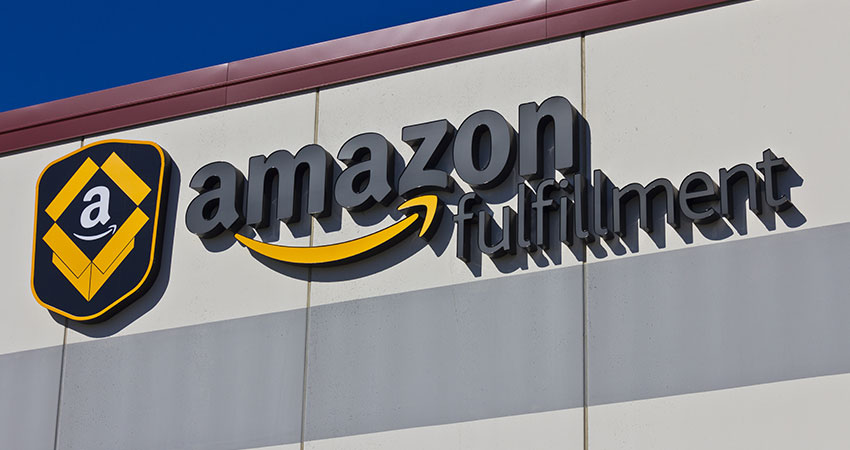Third-party sellers sold more than 6,500 products per minute on the Amazon Marketplace on average in the past year, the company reports. To fulfill those orders, over 450,000 sellers utilized Fulfillment by Amazon (FBA). In recent months, however, marketplace sellers who utilize FBA have faced significant challenges.
FBA Restrictions Limit Sellers
In the initial throes of the coronavirus pandemic, nonessential products took a backseat as FBA opted to prioritize essential items. Sellers were temporarily suspended from replenishing nonessential goods to Amazon fulfillment centers. Outbound shipping times lengthened from as little as 24 hours to weeks or more. When regular shipping resumed in mid-April, Amazon limited the quantities that sellers could ship via FBA.
Problems still persist. In recent weeks, Amazon has struggled to accept shipments of inventory due to space constraints and will restrict warehouse space for sellers using FBA based on inventory productivity, effective Aug. 16.
These restrictions are hitting sellers hard. They are not paid for merchandise until items ship. In addition, slow receiving can result in out of stocks which can cause products to drop in search rankings and ultimately impact sales.
MFN Offers Alternative to FBA
Sellers are not limited to FBA for marketplace fulfillment. They may choose to use Merchant Fulfilled Network (MFN), also known as Fulfillment by Merchant. This allows them to receive consumer orders from Amazon and execute the pick-pack-ship process themselves.
Alternatively, they may opt to use a combination of these options. In fact, 29% of marketplace sellers opt to utilize MFN and FBA, according to a study by JungleScout.
Using MFN instead of FBA for some or all order fulfillment can benefit sellers in several ways:
- Unrestricted shipping – When fulfilling their own orders, sellers are in control, ship on their own timetable and are better positioned to avoid out of stocks. If desired, they still have the option to participate in Amazon Prime by using Seller Fulfilled Prime (SFP).
- Control costs – Sellers who use MFN can avoid the cost of shipping products to Amazon’s fulfillment centers. They also eliminate dynamic FBA storage and per-unit fees, so they’re able to retain higher margins. In addition, they have the potential to increase efficiencies and reduce supply chain costs.
- Build customer relationship – Using a MFN, sellers manage the brand experience. They interact directly with end customers, controlling the relationship and developing a loyal customer base. By maintaining their own data, they also are better able to secure valuable customer information.
- Uphold quality standards – With thousands of sellers to support, FBA may neglect to package items with care, whereas an MFN is highly motivated to uphold strict quality standards to ensure a positive customer experience at every touchpoint.
3PLs Can Provide Support
For sellers who lack the internal resources to handle their own fulfillment, a third-party logistics provider (3PL) can be a good resource.
3PLs offer space and staffing to fulfill orders and scale to accommodate business fluctuations as needed. Advanced systems and automation help keep operations moving without a significant upfront investment. Many 3PLs are likely to utilize Lean/Six Sigma methodologies to ensure quality and leverage parcel management expertise to help control shipping costs.
In the event of future supply chain disruptions, the right 3PL can maintain operations if designated “essential” by the Department of Homeland Security.
With much uncertainty ahead, sellers should carefully consider all options at their disposal to ensure the best potential outcome for their business.
Jeff Jones is Vice President of Business Development for Saddle Creek Logistics Services

